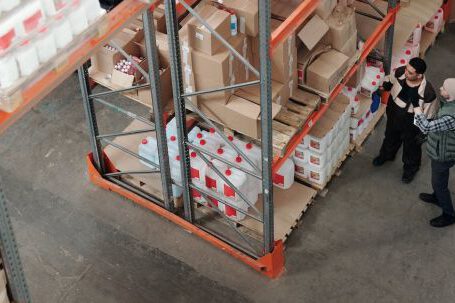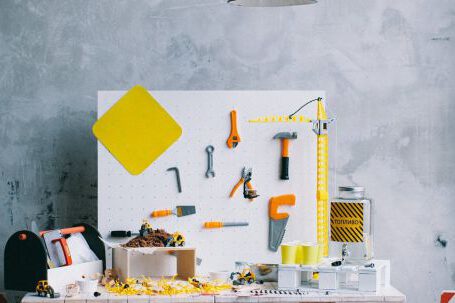Using Construction Safety Harnesses and Belts
Construction sites are often dangerous places, and the use of safety harnesses and belts is an essential factor when it comes to protecting workers from harm. These pieces of equipment help to prevent falls, slips, and trips by providing the necessary support and stability needed to complete a job. Knowing the different types of harnesses and belts available, as well as how to use them correctly, is essential for all those working in the construction industry.
Types of Safety Harnesses and Belts
Safety harnesses and belts come in a variety of styles, depending on the type of work being done and the environment in which it is being conducted. The most common types of safety harnesses and belts are the full-body harness, chest harness, and restraint belt.
A full-body harness is designed to provide full-body support, with straps that wrap around the chest, waist, and legs. This type of harness is typically used when working at heights, as it provides the most protection from falls. Chest harnesses, on the other hand, are designed for use in more confined spaces and provide support for the torso only. Finally, restraint belts are used for activities that require a strong grip, such as climbing and rappelling.
How to Use Safety Harnesses and Belts
Using a safety harness and belt correctly is essential for ensuring maximum protection. Before using a harness or belt, it is important to check for any defects or wear and tear and to make sure that it is the correct size for the user. Additionally, all straps should be adjusted to fit snugly and securely around the body.
When putting on a harness or belt, it is important to ensure that all buckles and straps are done up tightly and securely. Additionally, the harness should be checked to make sure it is fitted correctly and that no slack is present. Finally, it is important to ensure that the harness or belt is attached to an anchorage point that is strong enough to support the user before they get to work.
Inspection and Maintenance
It is important to inspect safety harnesses and belts regularly to ensure that they are in good working condition and that they are not worn or damaged. Additionally, all straps, buckles, and webbing should be checked for any signs of wear or tear. If any damage is found, the harness or belt should be repaired or replaced immediately.
In addition to regular inspections, it is also important to ensure that safety harnesses and belts are stored in a dry, clean environment when not in use. This will help to extend the life of the equipment and ensure that it remains in good working condition.
Conclusion
Safety harnesses and belts are an essential part of any construction site. Knowing the different types of harnesses and belts available, as well as how to use them correctly, is essential for all those working in the construction industry. Additionally, regular inspection and maintenance of safety harnesses and belts is essential for ensuring maximum protection from falls, slips, and trips.






